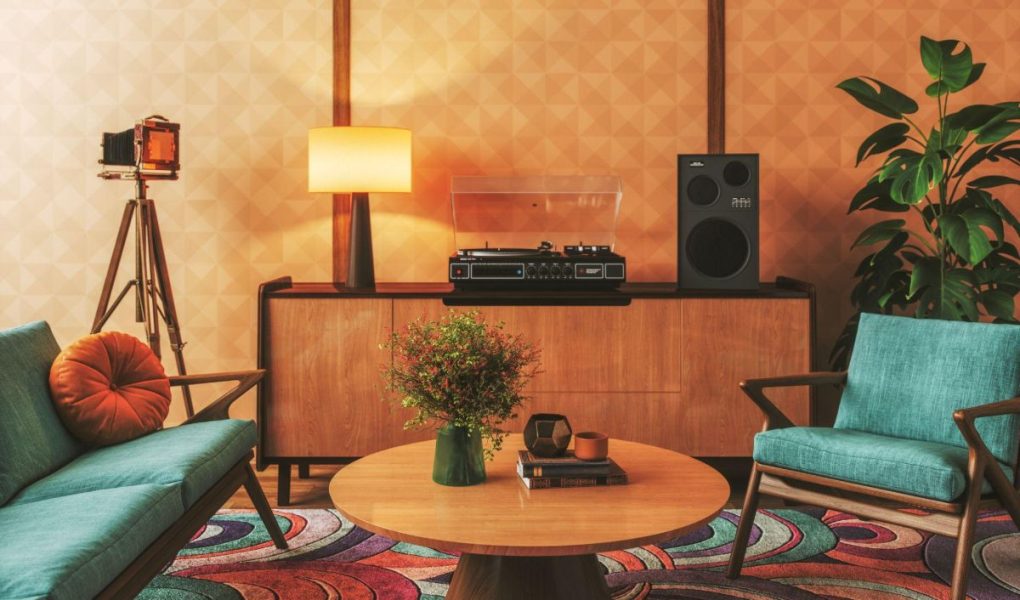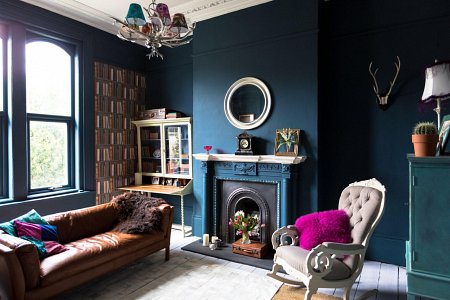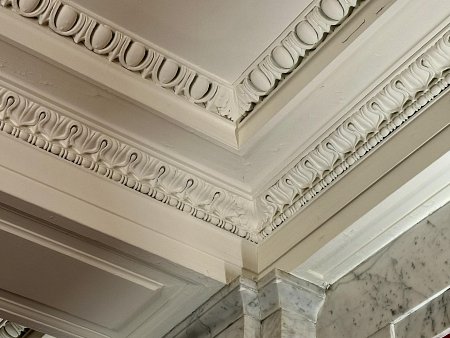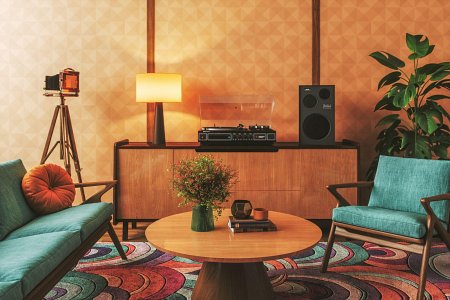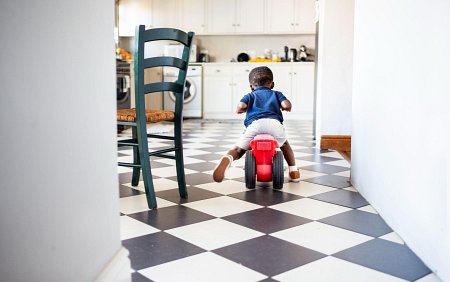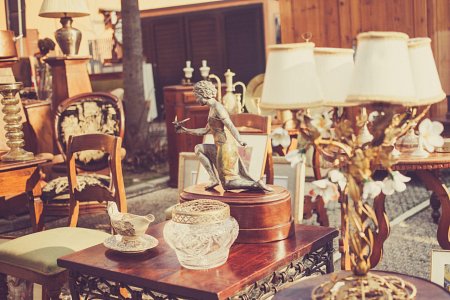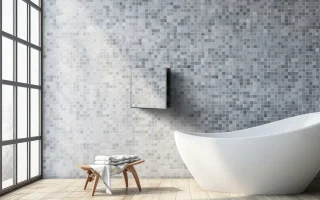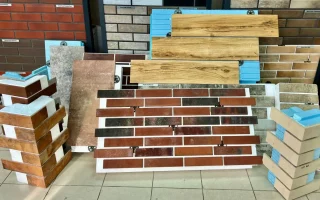Who needs a modern aesthetic when there are tons of looks that have stood the test of time? Making a home look old-school adds massive flair to your living property and can give it a leg up in the market while adding to the resale value. Whether you’re looking to fully restore a historic home or simply add some charming retro touches, there are plenty of ways to bring a vintage feel to your space. Here are a few must-have designs that could be a great addition to that retro feeling.
Sash Windows
Give your home’s exterior and interior-facing window design a classic look with vertically sliding sash windows. This design consists of two panes, one sliding over the other. This is a staple of classic homes, but it can be made even more vintage by adding different types of glazing, glazing bars, rounded corners, and additional parts.
Sash windows are also popular in conservation areas where they are used to retain the vintage look of certain homes. They are widely considered to be a pleasing aesthetic choice and can provide some practical benefits.
The average cost of new windows for a 3 bedroom house in the UK can be high, but they are worth it. On the plus side, since sash windows open vertically, they save indoor space that might be taken up by the arc of an opening window and allow for extra items to be placed nearby.
It’s important to get wooden frames to enhance the feeling of a lived-in home with that retro look. Aluminum frames, for example, might be a bad choice, and uPVC can look out of place. Wooden windows can be a bit more expensive, but they last literally a lifetime if well-maintained. They also have excellent thermal efficiency when coupled with double glazing, so you might earn back money in terms of heating savings. Sounds like a win-win!
Crown Moulding or Ceiling Tiles
Crown moulding is a type of cornice made from decorative moulding that is often installed onto interior walls near the ceiling. It can also be applied to the tops of doors, windows, pilasters, and cabinets. This design can add a refreshing look to the edges of the walls or the intersections between them.
Crown moulding looks great and is a bold visual choice seen in old homes all over the world. There is a royal flourish to it when done right, providing some curb appeal to the often-overlooked unseen edges of the ceiling. It creates an elegant transition between walls and ceilings and can be customized with intricate detailing for an even more dramatic effect.
Another direction you can go is to add tiling patterns to the ceiling. These go as far back as the 1800s but are a bold creative choice even today. These don’t necessarily have to be super expensive since many homes use foam tiling instead, which can still look great. Tin ceiling tiles, in particular, have been a long-standing feature in vintage homes and can give an elegant yet understated touch to any room.
Painted Drywall or Wallpaper
Depending on which era of vintage you’re going for, different drywalls and wallpapers can enhance the feeling you want. 70s wallpapers and wall aesthetics tended to feature brown tones to contrast with the colours of furniture and decor, for one example. The 80s, as another example, had brighter colours and more intense light entry, which meant bright wallpapers.
For a more traditional look, you could go for subtle floral patterns on a muted colour palette. These make the home look like something from the 50s and can really complement moulding and tiles when done right. They also provide a way to cover up any abrasions on the wall if your home is truly showing its age.
If you want an even older feel, you can opt for embossed wallpaper that mimics the look of handcrafted plaster. Stripes, damask patterns, or hand-painted murals are all great ways to add depth and character to walls. Don’t forget that warm tones like deep reds, golds, and earthy greens can bring that antique touch to life.
Vintage Floor Designs
When it comes to the floors, you can aim for tiled flooring or vintage rugs over wood for that 50s look. The trick is to complement the style of furniture. For example, black and white tiles often complement furniture with muted tones. However, low-contrast floors allow for more colour choices overall.
Floral floor patterns can be risky but could pay off. It’s important to make sure it doesn’t clash with other items in the home. To this end, it can be best to have furniture that is less complex in its colour schemes.
Wooden floors could use rug or even carpets. Duller colours can evoke an older time, but brighter colours can bring in a more contemporary yet retro feel. A Persian or Oriental rug can immediately transform a room into a classic, cozy space. If you want to lean into an early 1900s aesthetic, opt for parquet flooring with geometric patterns.
Antique Accenting
Take a trip down to your used goods or antique shop and go wild. While it’s hard to go into what you need to buy, here are some guidelines to make your furniture match:
- Curved furniture with high contrast and bright colours can give an 80s vibe.
- Complex woodwork and duller palettes give off a 50s styling.
- Earth tones and squarish sofas and chairs feel 70s.
- Space age and rounded shapes harken back to the 60s, along with psychedelic colour patterns.
Wood fits in pretty much every era, but the shaping is what matters. Plastic can be a little less safe when matching an exact look, but it has its places in the 60s and the 80s vintage vibes.
Another way to add a vintage touch is through decorative elements like antique mirrors, ornate light fixtures, and vintage artwork. Chandeliers, brass fixtures, and stained-glass windows can all contribute to an old-world charm. Even small details like retro kitchen appliances, rotary phones, or a gramophone can serve as conversation pieces that enhance the overall vintage aesthetic.
Final Touches and Personal Flair
Now, with these tips, you can be on your way to making your house a home with your vision in mind. When you find the look you want to go for, you can really show off your personality with some creative design choices. Remember, vintage styling isn’t just about replicating the past—it’s about blending nostalgic elements with modern comfort to create a home that feels warm, inviting, and full of character.
Don’t be afraid to mix and match different eras or add your own personal spin to your decor. Whether you’re restoring an entire home or just adding vintage-inspired touches, the charm of the past can be easily integrated into modern living spaces. Enjoy the journey of bringing history into your home!

